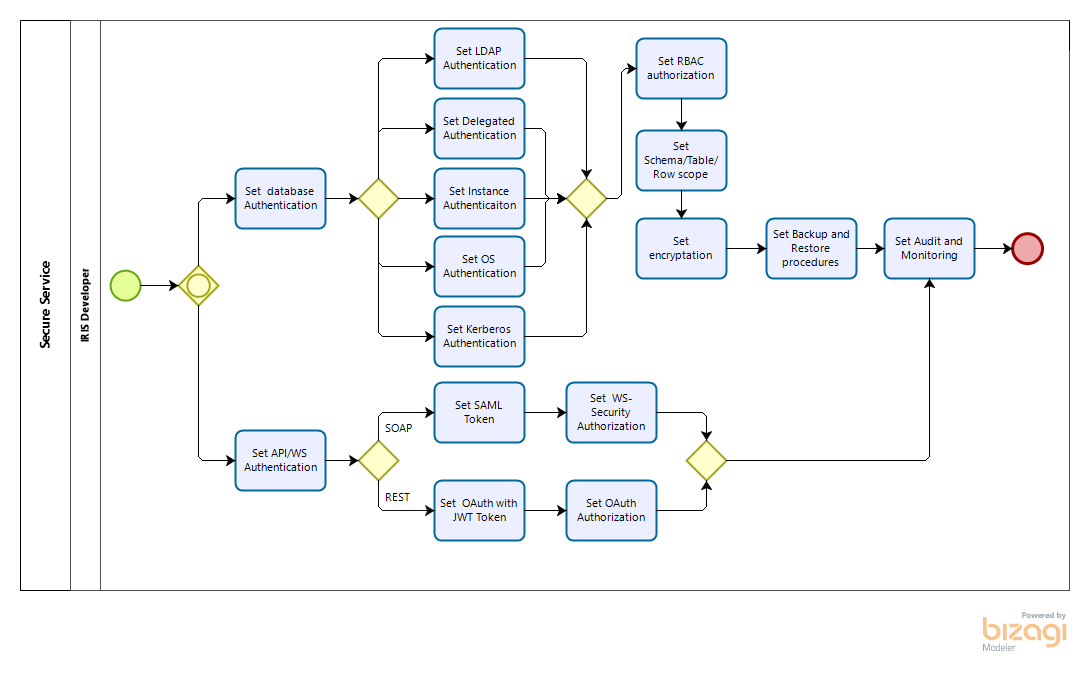This is a first attempt to use Embedded Python in IRIS
The Python code is adapted from solutions for Advent of Code 2020 contest.
Test data are all input to my personal challenge.
Prerequisites
Make sure you have git and Docker desktop installed.
Installation
Clone/git pull this repo into any local directory

.png)


.png)





